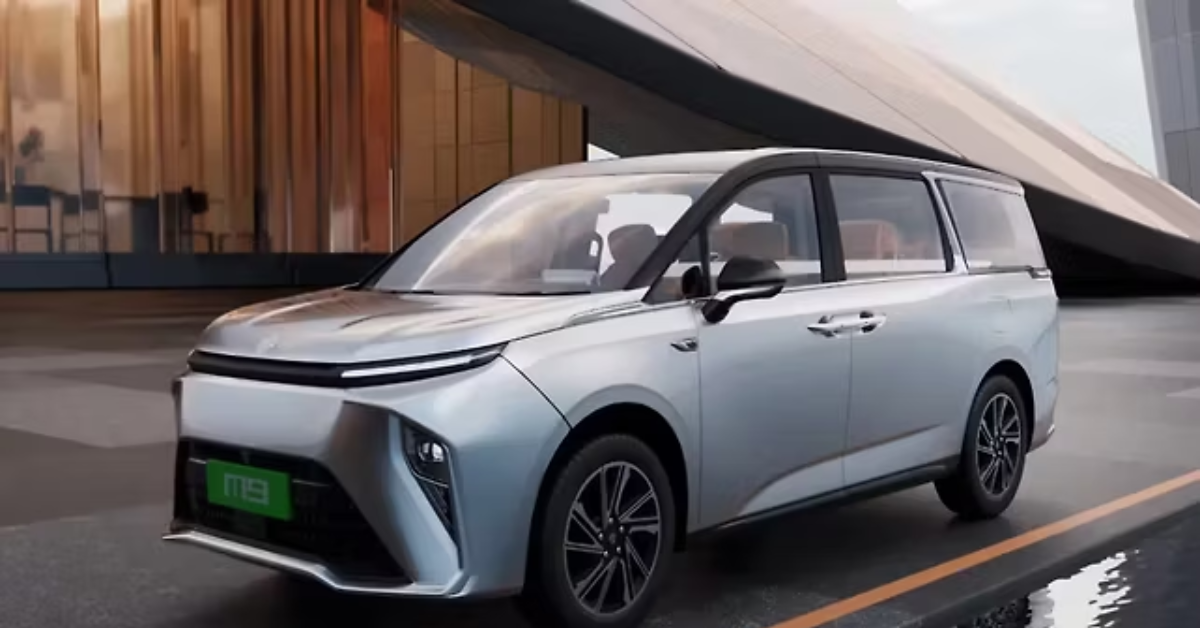In a dynamic global automotive landscape, flexibility and adaptability are becoming crucial for survival and growth. Recognizing this, MG Motors has revealed that it is actively exploring a multi-powertrain strategy for select international markets — a bold move that showcases its readiness to meet a wide spectrum of customer needs, infrastructure realities, and regulatory challenges.
This strategy signals MG’s commitment to sustainability, market responsiveness, and innovation, combining internal combustion engine (ICE) models, hybrids, and pure electric vehicles (EVs) under one global umbrella. As the brand expands its global footprint, especially in developing and emerging economies, this multi-pronged approach could become a blueprint for automotive success in the 2025+ era.
🌍 The Need for a Multi-Powertrain Approach
No two automotive markets are the same. While countries like Norway and China are fast moving toward full EV adoption, others like India, Brazil, and parts of Africa still heavily depend on fossil fuels due to lack of infrastructure, affordability issues, and regulatory timelines.
MG Motors understands that a “one-size-fits-all” solution doesn’t work anymore. Hence, the decision to develop and deliver tailor-made powertrain options based on regional demands reflects their strategic foresight.
Factors Driving MG’s Strategy:
- EV infrastructure gaps in many developing countries
- Consumer affordability concerns
- Diverse fuel pricing policies
- Emission norms and government incentives
- Urban vs rural mobility patterns
By offering ICE, hybrid, and electric options, MG ensures it doesn’t alienate any segment of potential buyers while still steering the brand towards a cleaner, greener future.
🚘 What Is a Multi-Powertrain Strategy?
A multi-powertrain strategy means offering multiple vehicle types across the same or different model lines, including:
- ICE (Internal Combustion Engines): Petrol or diesel-powered vehicles
- Mild Hybrids (MHEVs): Traditional engines with electric assist
- Strong Hybrids (HEVs): Vehicles capable of short electric-only drives
- Plug-in Hybrids (PHEVs): Rechargeable battery systems with petrol backup
- Battery Electric Vehicles (BEVs): Fully electric, zero-emission vehicles
MG plans to deploy different combinations of these powertrains depending on the local market maturity and infrastructure readiness.
🔋 MG’s Current Electrification Efforts
MG has already made significant inroads into the electric mobility space, with products like:
- MG ZS EV – A popular all-electric compact SUV in India and UK
- MG Comet EV – A micro-EV launched for urban mobility in Asia
- MG4 EV – A premium electric hatchback now being offered in Europe
- MG Marvel R Electric – A more futuristic, high-performance EV for global markets
However, MG recognizes that EVs alone cannot address all market needs today — hence the flexible strategy.
🔄 Hybrid and ICE Powertrains Will Co-Exist
While EVs remain the long-term goal, MG has confirmed that ICE and hybrid vehicles will continue to play a vital role, especially in regions where EV penetration is still low.
Expected Strategy Per Market Type:
| Market Type | Powertrain Focus |
|---|---|
| Mature EV (e.g., Europe, UK) | BEV and PHEV |
| Developing Urban (e.g., India, Indonesia) | HEV, BEV, ICE |
| Rural or Infrastructure-Challenged (e.g., parts of Africa, Latin America) | ICE, Mild Hybrid |
In fact, MG is also said to be exploring flex-fuel and biofuel technologies for rural and agricultural use cases.
🇮🇳 What It Means for India
India, being one of MG’s core growth markets, is a key part of the company’s multi-powertrain plan. MG already offers the ZS EV and Comet EV, but is expected to introduce:
- A strong hybrid SUV in the under ₹20 lakh segment
- ICE versions of future models to cater to Tier-2 and Tier-3 cities
- A long-range electric crossover possibly based on the MG4 platform
- Mild hybrids for fuel efficiency-conscious buyers
By catering to both tech-forward urban users and value-conscious rural buyers, MG aims to maximize its reach across all customer categories.
🏭 Manufacturing and Localization Strategy
To support its diversified lineup, MG will adapt its production facilities to accommodate multiple powertrain types. This includes:
- Modular production lines for ICE and EV vehicles
- Battery pack localization in key EV markets
- Strategic partnerships for hybrid technology sourcing
- Expansion of after-sales support for electric and hybrid drivetrains
In India, MG’s Halol plant in Gujarat will continue to play a central role, with potential plans for a second manufacturing unit.
📊 Industry Impact and Competitive Advantage
MG’s approach is different from many EV-only startups or ICE-focused legacy manufacturers. By keeping one foot in the present and one in the future, MG ensures it remains:
- Adaptable to regulatory shifts
- Attractive to a wider customer base
- Efficient in R&D investments, thanks to shared platforms
- Better equipped for supply chain uncertainties
MG vs Competitors:
- Tata Motors is focusing heavily on BEVs
- Hyundai is bringing hybrid and EV options together
- Mahindra is ICE now, EV later
- Toyota is hybrid-focused but lacks affordable EVs
MG’s hybrid-ICE-EV strategy gives it a wider operational bandwidth.
🌱 Sustainability Without Sacrifice
Though MG is serious about carbon neutrality, its strategy is grounded in realism. It acknowledges that clean mobility adoption is uneven globally and aims to bridge the gap with flexible choices.
Moreover, MG plans to:
- Use recyclable materials across all powertrains
- Invest in battery reuse and recycling infrastructure
- Promote green manufacturing practices
- Offer incentives to switch from old ICE vehicles
This way, even non-EV MG models will follow eco-friendly principles wherever possible.
🏁 Final Thoughts
MG’s decision to adopt a multi-powertrain strategy isn’t just a stop-gap — it’s a strategic long-term vision rooted in practical realities and diverse market demands. By combining EV innovation with tried-and-tested ICE and hybrid tech, MG is positioning itself as a customer-first, future-ready automaker.
Whether you live in a city with EV charging stations or in a town where petrol pumps are the only option, MG is ensuring there’s an ideal vehicle for you in their upcoming lineup.
As the world transitions to greener transport, MG’s flexible, balanced approach may become a global model for automakers navigating an uncertain future.

